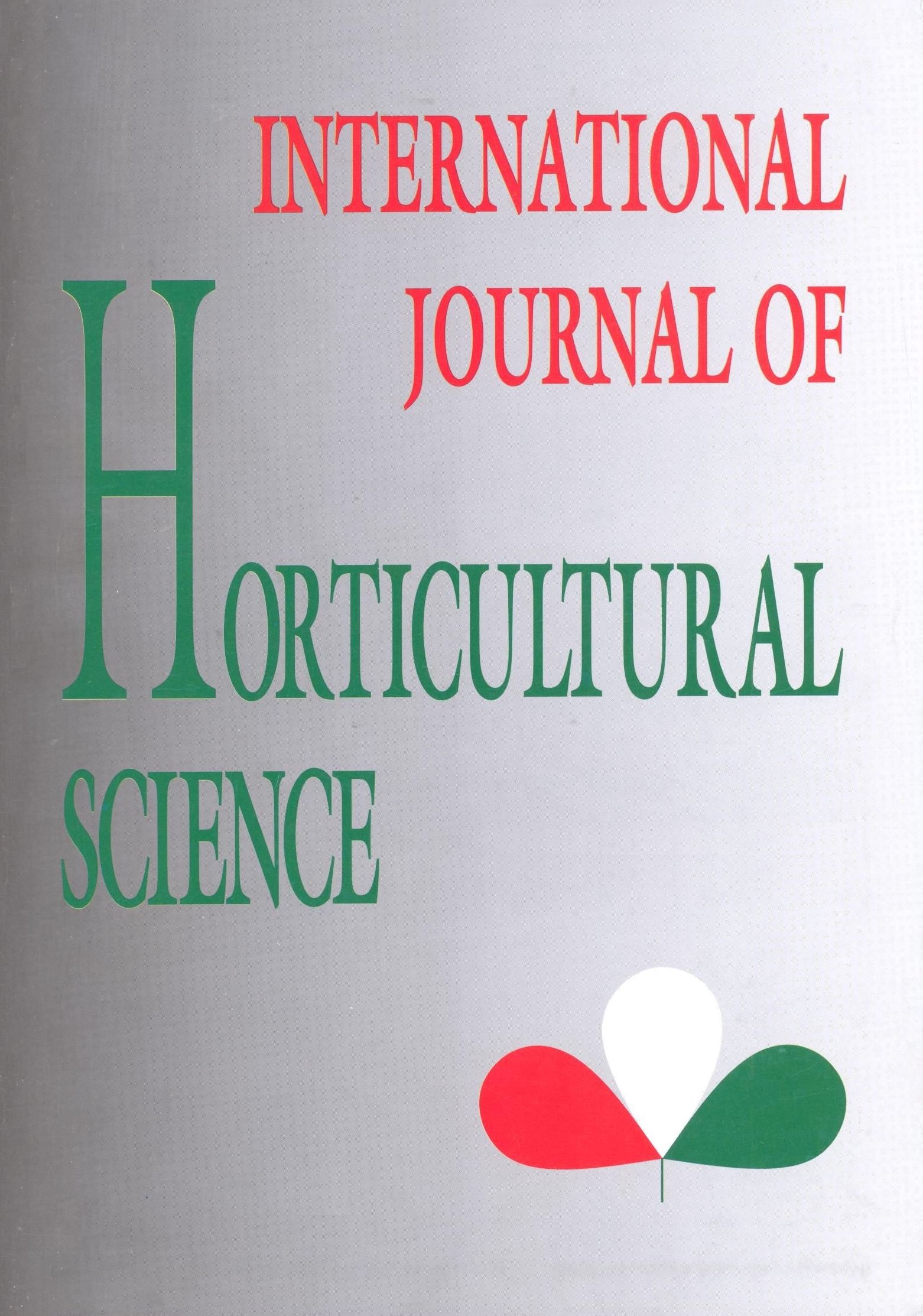Effect of postharvest sodium benzoate treatment on some fruit parameters of two organic apple cultivars
Authors
View
Keywords
License
This is an open access article distributed under the terms of the Creative Commons Attribution License (CC BY 4.0), which permits unrestricted use, distribution, and reproduction in any medium, provided the original author and source are credited.
How To Cite
Abstract
The aim of this study was to investigate the effect of postharvest sodium-benzoate treatment on some fruit parameters of two organic apple cultivars (’Topaz’ and ’Florina’). Assessments were made at three times during storage: 17 November 2019, 20 December 2019 and 23 January, 2020. During every assessment dates, each fruit was observed separately, and determined the proportion of i) healthy fruits (%), ii) post-harvest fruit rot diseases iii) fruits with mechanical injury (%), iv) fruit with russetting (%), v) damage of codling moth and vi) Ca-deficiency symptoms. In addition, fruit weight (g) was measured at each assessment date. Sodium benzoate reduced the fruit decay and the proportion of healthy fruit was higher in this treatment compared to water treated fruit. This effect could be seen in all assessment dates and on both cultivars. Effects on other parameters were various according to cultivar and assessment dates. Loss of fruit weight was similar in both treatments and cultivars compared to control treatment.
References
- Biokontroll (2020): Ellenőrzés és tanusítás a biokontroll feltételrendszerében. https://www.biokontroll.hu/
- Ezzat, A., Ammar, A., Szabó, Z., Nyéki, J., Holb, I. (2017): Postharvest treatments with methyl jasmonate and salicylic acid for maintaining physico-chemical characteristics and sensory quality properties of apricot fruit during cold storage and shelf-life. Polish Journal of Food and Nutrition Sciences 67(2): 159–66.
- Fekete, Z., Szabó T. (2014): Biotermesztésre alkalmas almafajták. Biokultúra 25 (4):18-23.
- Holb, I. J. (2004a): The brown rot fungi of fruit crops (Monilinia spp.): II. Important features of their epidemiology. International Journal of Horticultural Science, 10(1), 17-33. https://doi.org/10.31421/IJHS/10/1/435
- Holb, I. J. (2004b): The brown rot fungi of fruit crops (Monilinia spp.): III. Important features of disease management. International Journal of Horticultural Science, 10(4), 31-49. https://doi.org/10.31421/IJHS/10/4/507
- Holb, I. J., Scherm, H. (2008): Quantitative relationships between different injury factors and development of brown rot caused by Monilinia fructigena in integrated and organic apple orchards. Phytopathology, 98(1), 79-86.
- KSH (2018): 2018. évi mezőgazdasági és kertészeti statisztikai adatok. https://www.ksh.hu/docs/hun/xstadat/xstadat_eves/
- Papp, J. (ed.) (2003): Gyümölcstermesztési alapismeretek. Mezőgazda Kiadó, Budapest.
- Papp, J. (ed.) (2004): A gyümölcsök termesztése. Mezőgazda Kiadó, Budapest.
- Shemy, M. A. El, & Shemy, M. A. El. (2020): Effect of some essential oils, salts and salicylic acid on reducing decay, keeping quality and prolonging shelf-life of canino apricot fruits. Menoufia J. Plant Prod, 5, 111–128.
- Soltész, M. (ed.) (1998): Gyümölcsfajta-ismeret és-használat. Mezőgazda Kiadó, Budapest.
- Wang, H., Wu, Y., Yu, R., Wu, C., Fan, G., Li, T. (2019): Effects of postharvest application of methyl jasmonate on physicochemical characteristics and antioxidant system of the blueberry fruit. Scientia Horticulturae, 258.
- Wu, B., Guo, Q., Wang, G. Xia, Peng, X. Yuan, Wang, J. de, Che, F. (2015): Effects of different postharvest treatments on the physiology and quality of ‘Xiaobai’ apricots at room temperature. Journal of Food Science and Technology, 52(4), 2247–2255.

 https://doi.org/10.31421/IJHS/26/2020/8004
https://doi.org/10.31421/IJHS/26/2020/8004










